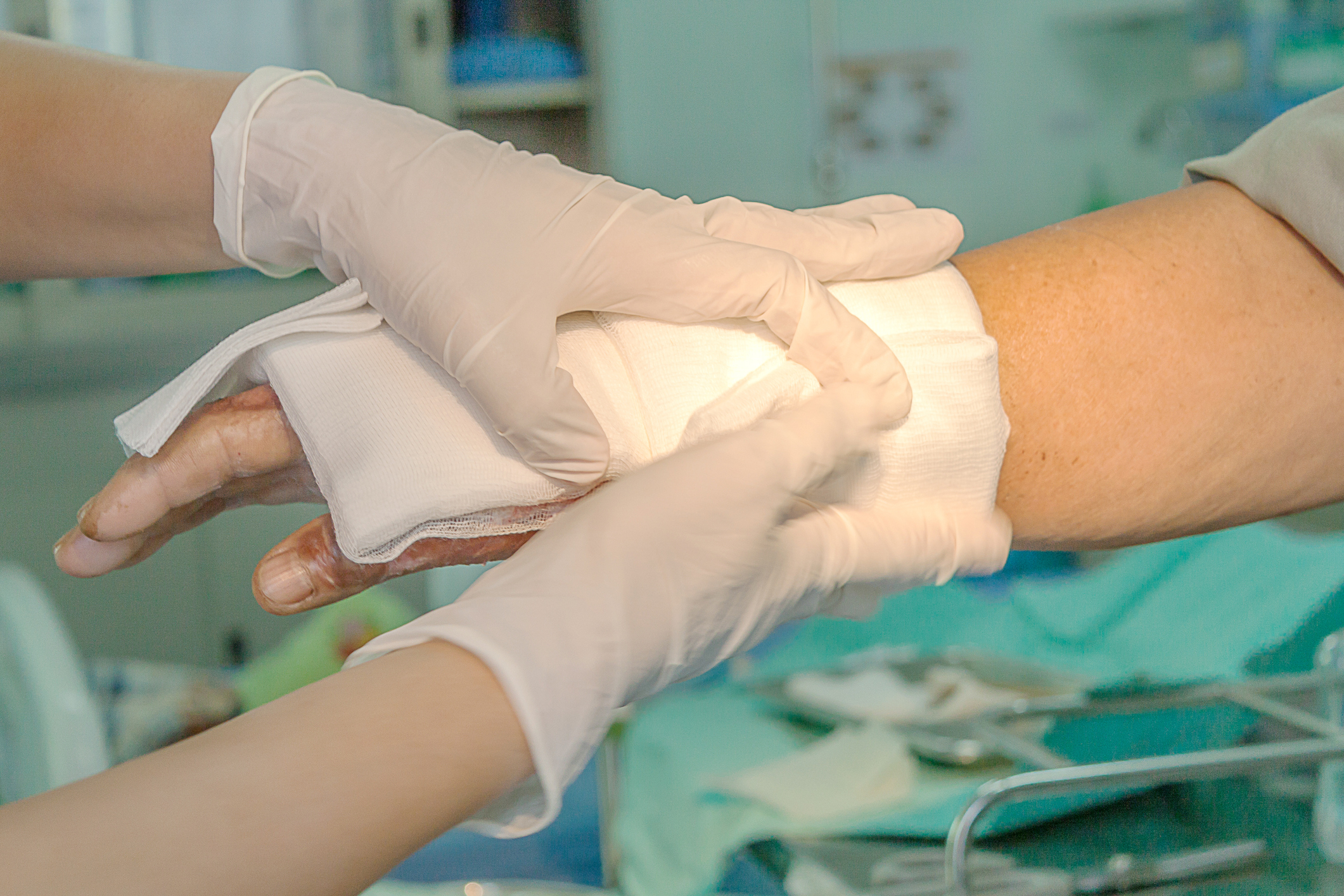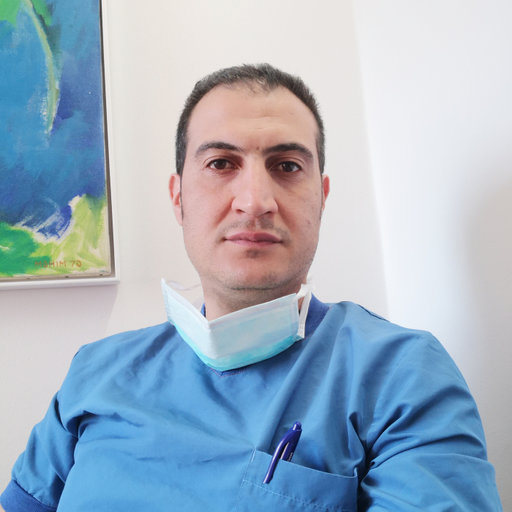For children with smaller burn sizes, clinicians must consider the risks and benefits when deciding on early surgery or delaying an operation.
Evidence indicates that it is critical to assess wound depth in patients who experience burns, as it can impact how a treatment strategy is selected. Partial thickness injuries can be classified according to depth as either superficial dermal burns or deep dermal burns. While clinical assessments of superficial and full thickness burns are usually straightforward, it can be more challenging for clinicians to assess deep dermal burns, explains Islam Abdelrahman, MD. Superficial dermal burns generally heal naturally within 2 weeks, but deep dermal and full thickness burns are more complex and usually require surgery.
While the gold standard for managing full thickness or deep dermal burns in adults is early excision and skin grafting of the wound, notes Dr. Abdelrahman, there is no consensus on the timing of surgery in children with smaller burn sizes, particularly for those with deep dermal burns. For these cases, surgeons often prefer to wait until there is a demarcation between superficial and deep burns, which usually occurs within 2 weeks of the injury. Clinicians must consider the risks and benefits when deciding on early surgery or delaying an operation. Early surgery can risk the removal of potentially viable tissues, whereas delayed surgery may result in increased risks of infection and suboptimal wound healing.
Investigating Optimal Timing of Surgery in Children
With few studies investigating the optimal timing of surgery in children with deep dermal burns, Dr. Abdelrahman and colleagues conducted a study, published in the European Burn Journal, to highlight pros and cons of early and late skin grafting in children with burns. “Our aim was to investigate the effect of the timing of surgery on the size of the operated area, the time to wound healing, and the requirement of extra operations in children with burns,” Dr. Abdelrahman says.
In the retrospective analysis, the investigators reviewed data on children with burn sizes less than 20% of the body surface area during 2009-2020. Participants were operated on with a split thickness skin graft and grouped by the timing of their first skin graft operation. Early surgery was defined as within 14 days of the injury. Delayed surgery was defined as more than 2 weeks after the injury. Among 84 participants, 43 had an early operation and 41 had a delayed. The authors noted no differences between groups regarding burn size or burns that were superficial or deep.
Healing Times Shorter for Early Surgery Patients
Healing time was shorter among children operated on within the first 2 weeks after their injury when compared with those who underwent surgery after 2 weeks, with the average duration of healing time 7 days longer for those in the latter group. According to Dr. Abdelrahman, this pattern of prolonged healing remained significant even when patients were subdivided into weekly groups.
Healing time in the delayed operation group was longer in the scalds and flame burns subgroups but not for those with contact burns and was nearly double for those with flame burns who had a delayed operation (Table). The researchers also found that whereas reoperations were more frequent among children in the early surgery group, there was a lower rate of second skin graft operations in the delayed surgery group. Taking this conservative approach in younger children may help wounds heal without the need for surgery, noted Dr. Abdelrahman and colleagues.
Tailor Plans by Assessing Patient Preferences & Social Circumstances
Gaining a better understanding about the optimal timing of skin graft surgery can benefit both healthcare professionals and patients. “Treatment plans for each patient should be tailored according to their preferences and unique social circumstances,” says Dr. Abdelrahman. Such efforts may help reduce risks of complications, like wound infections and sepsis, and could decrease the number of visits needed for dressing changes, which are usually performed under sedation and require more resources. A shorter wound healing time would likely result in the better scar quality for the healed wound. In addition, laser treatments can be used to improve scar outcomes.



 Martta Kelly
Martta Kelly